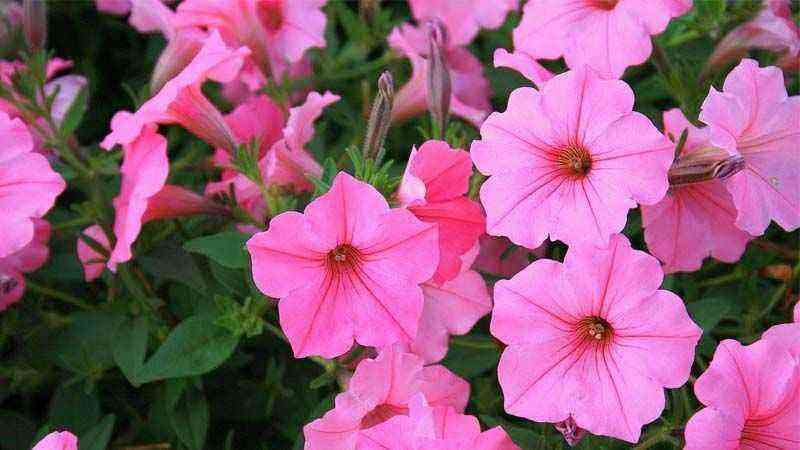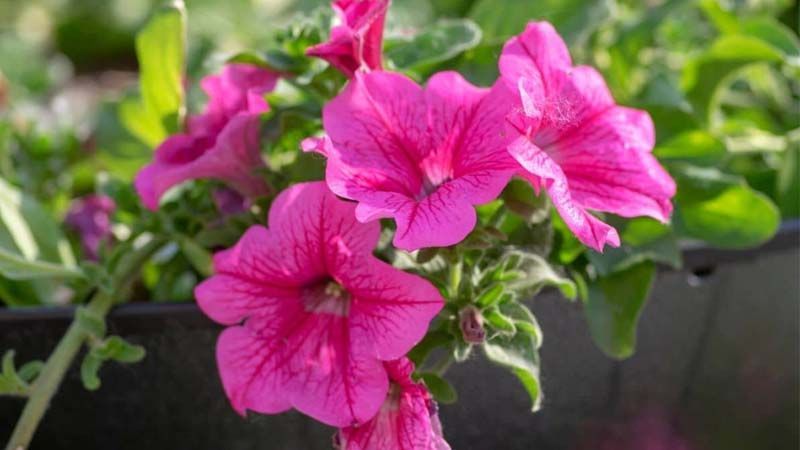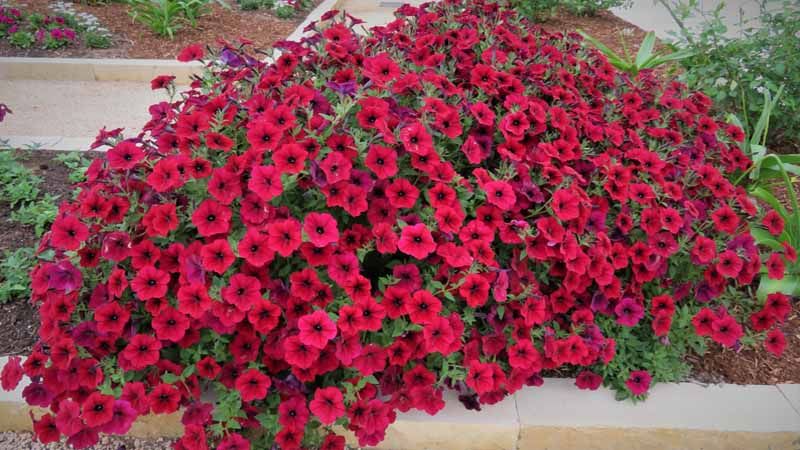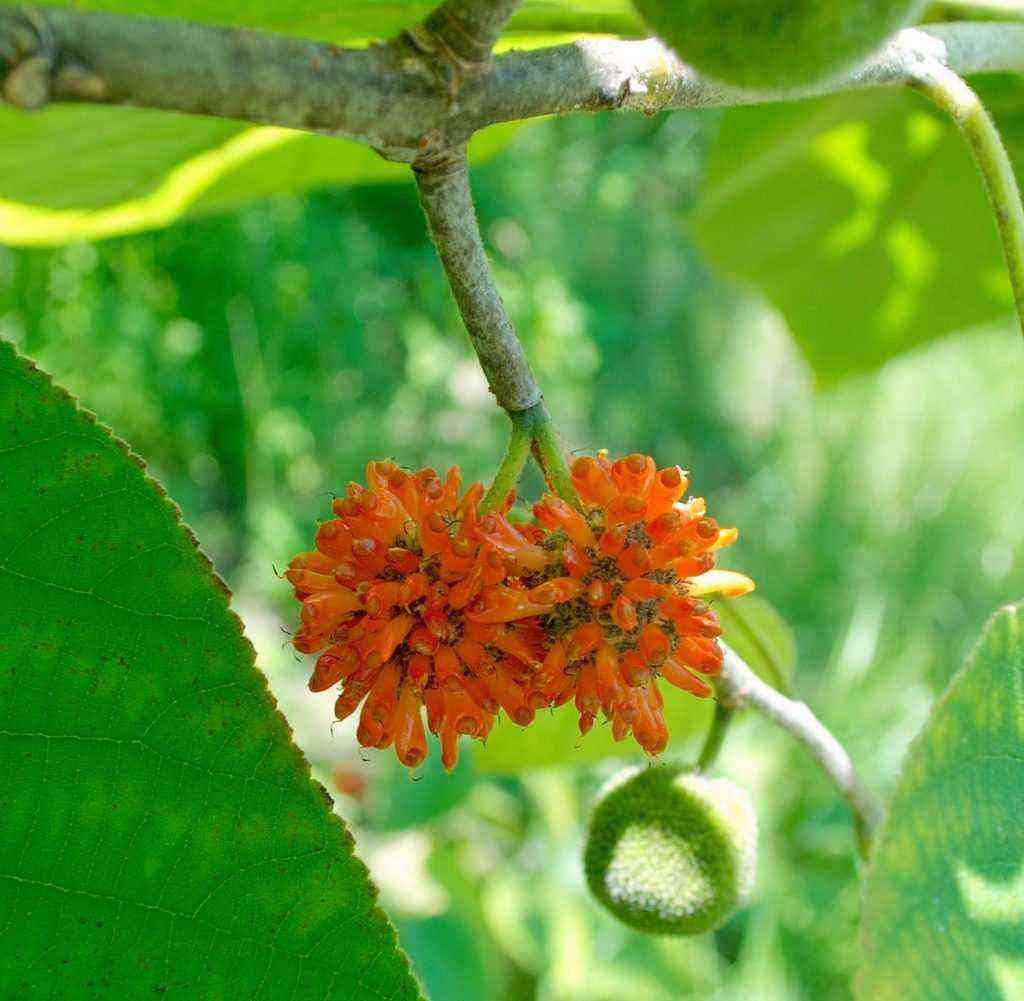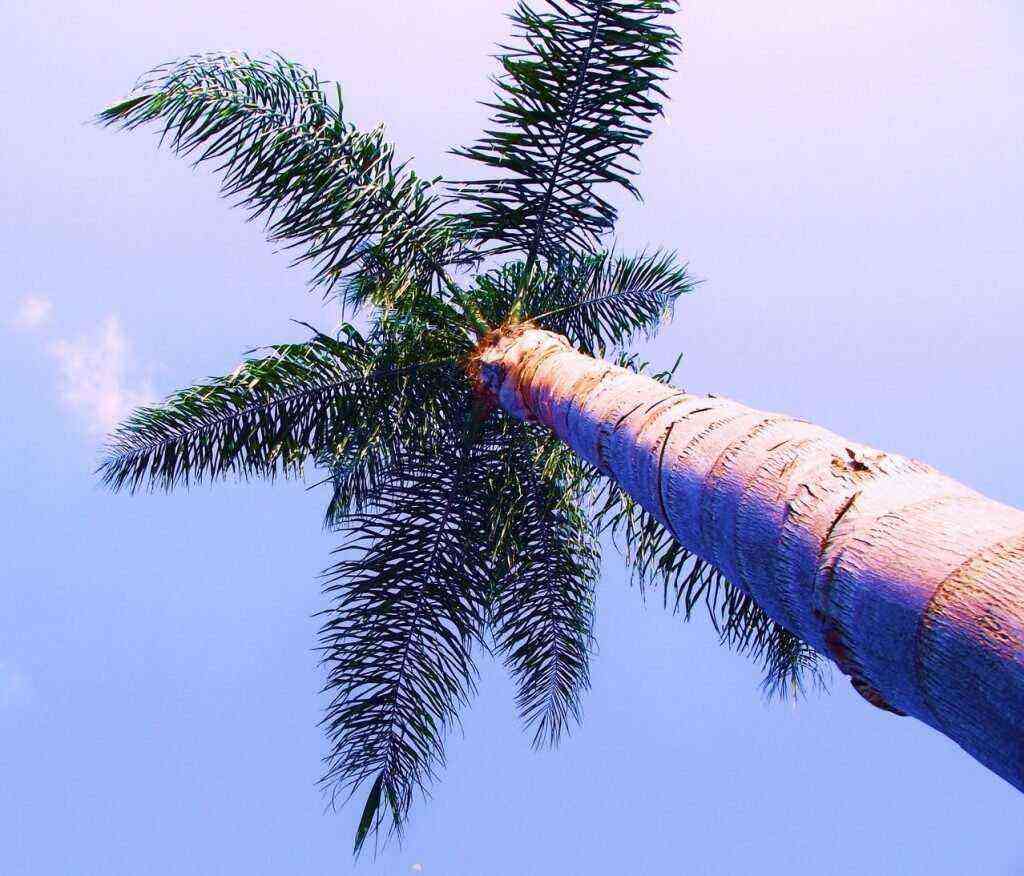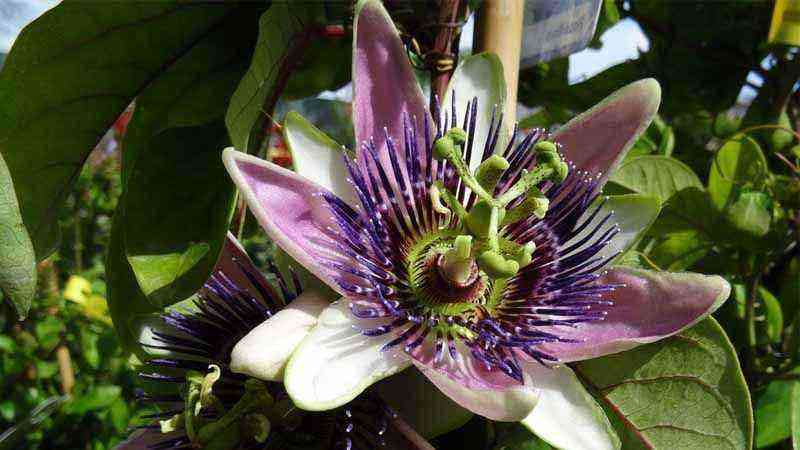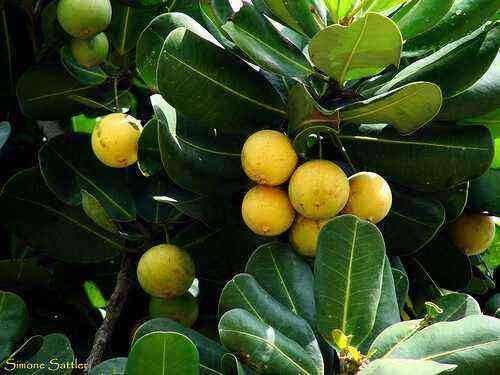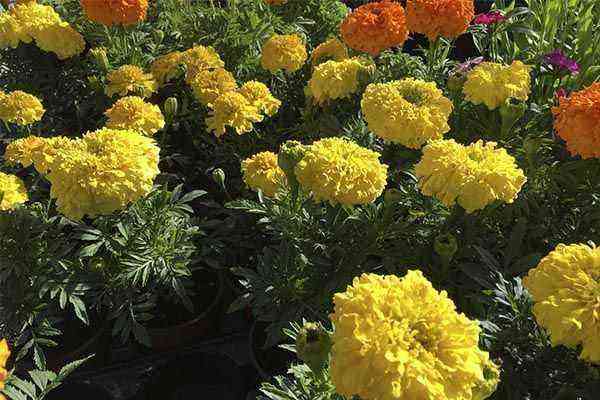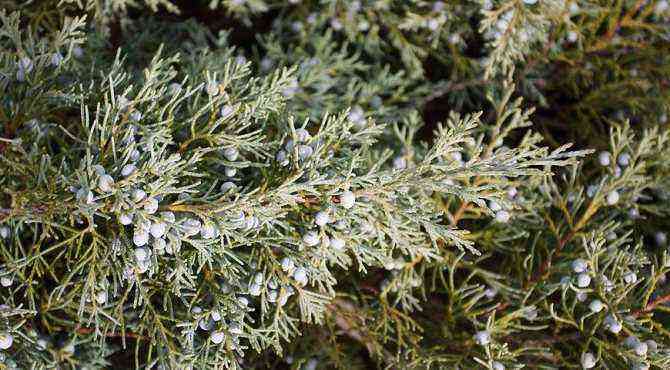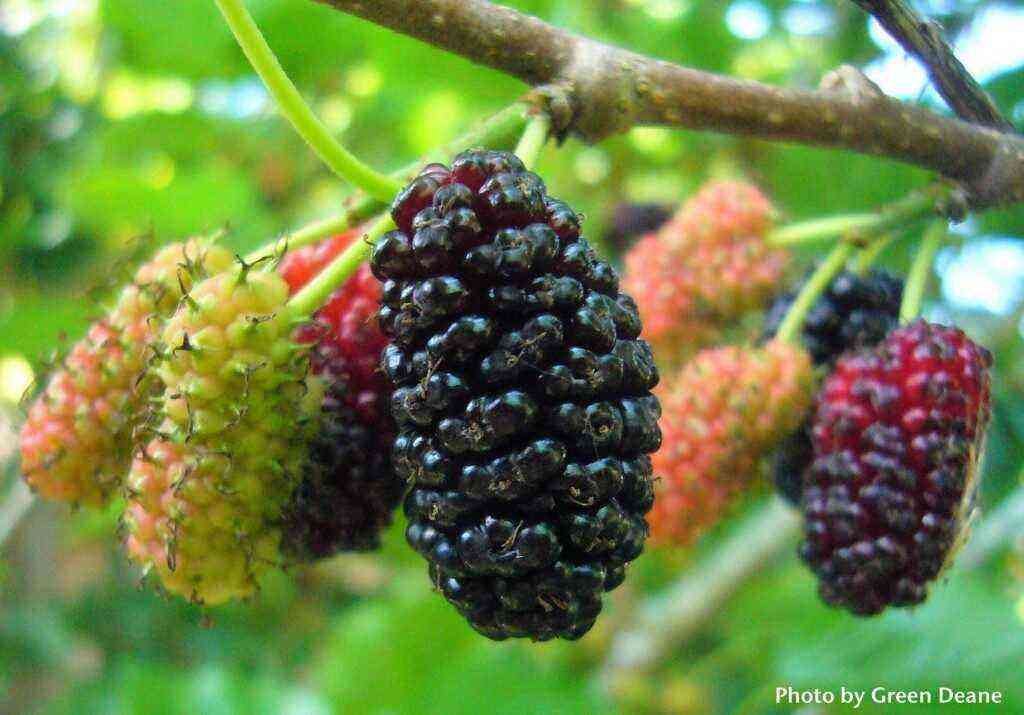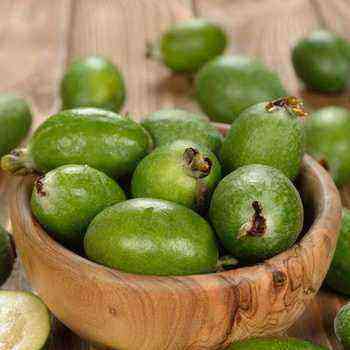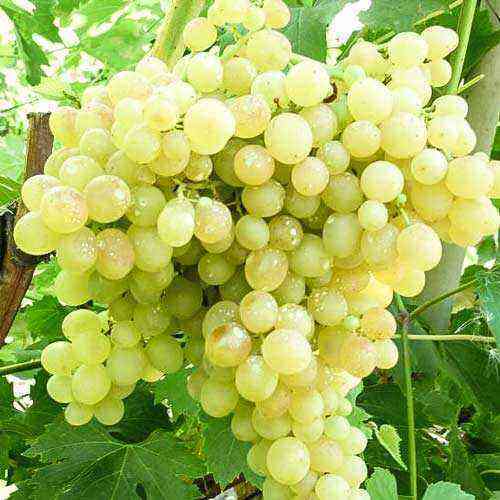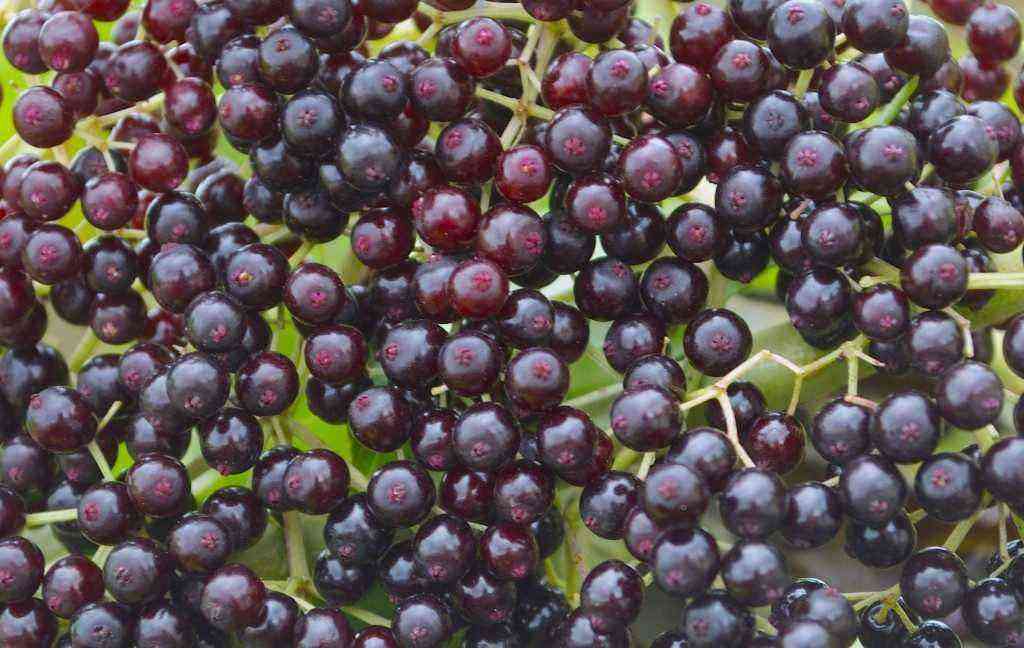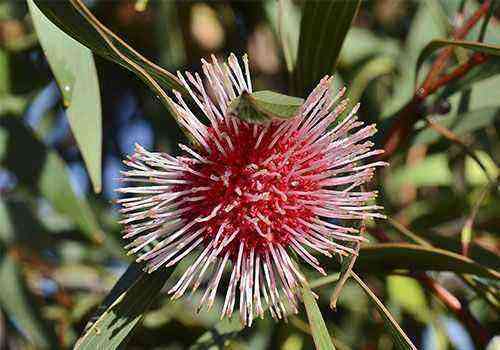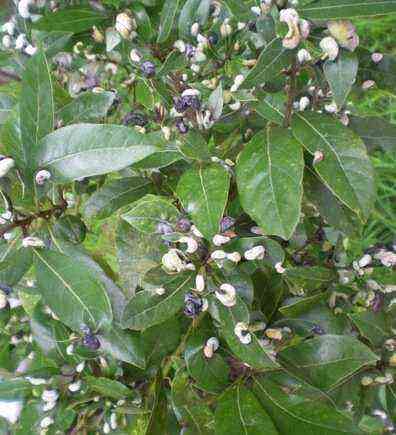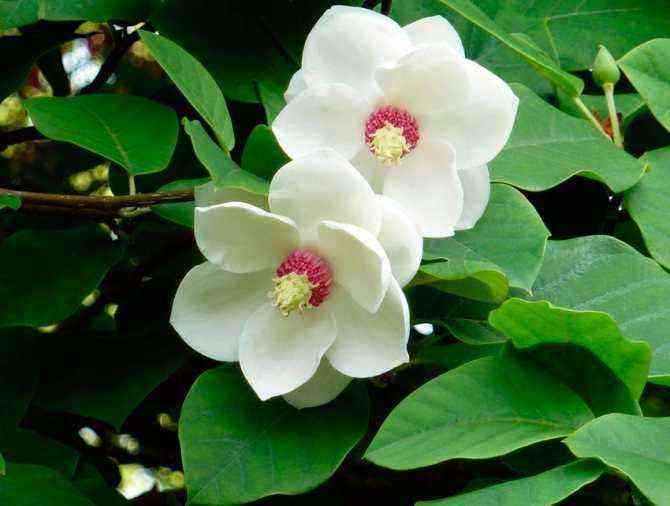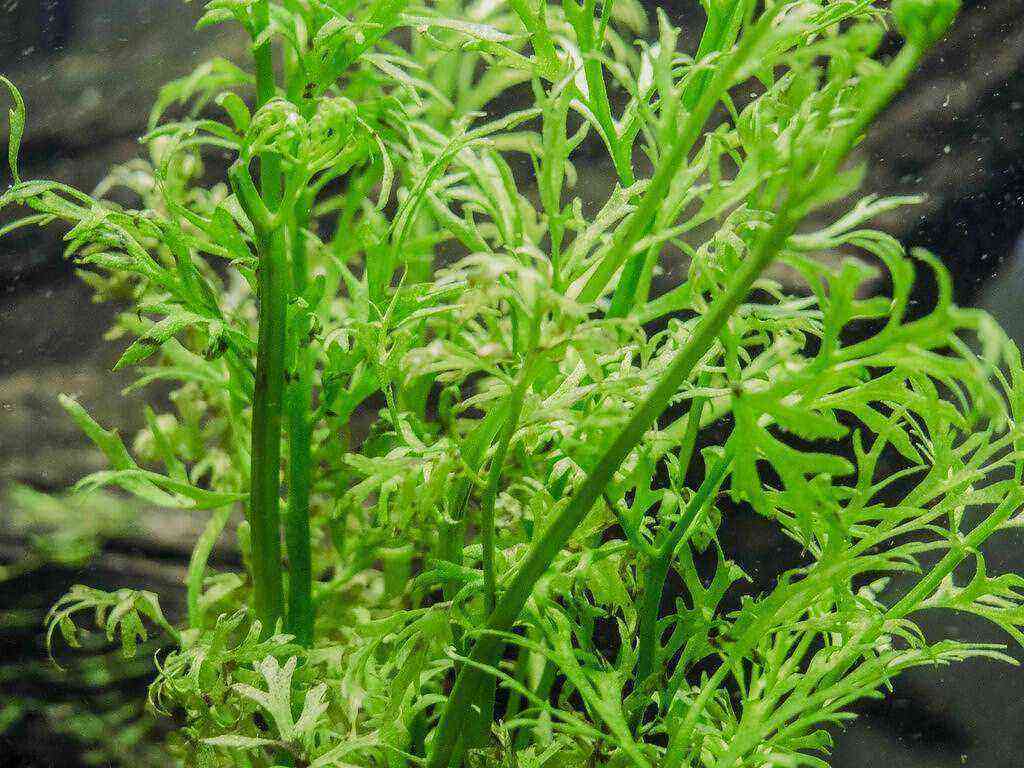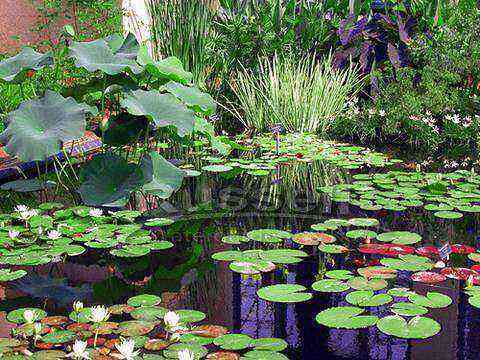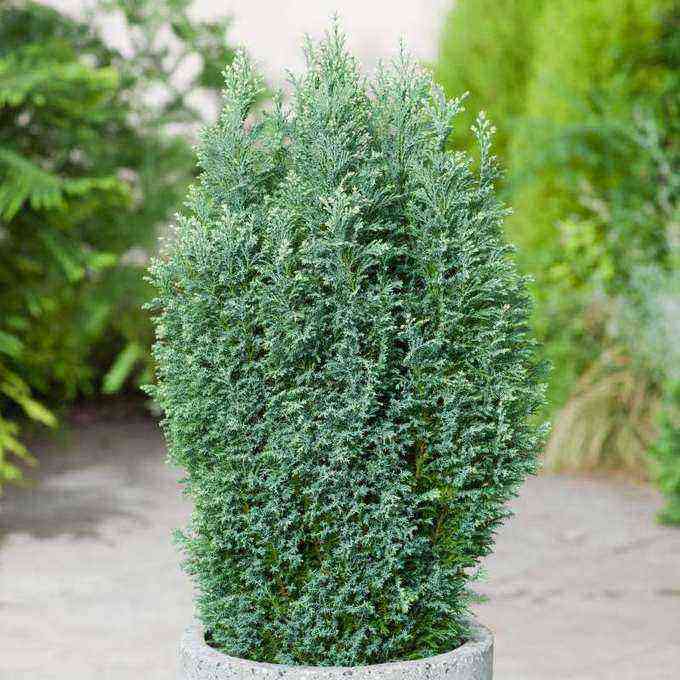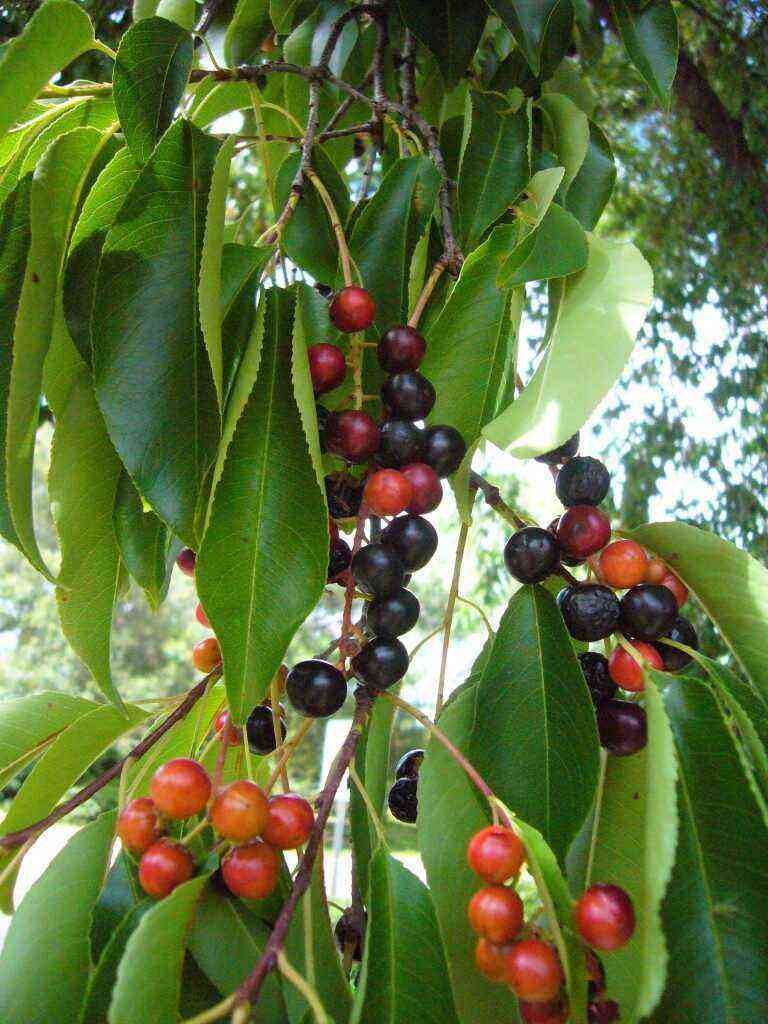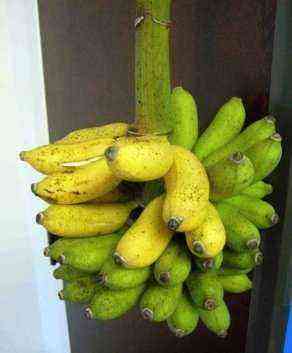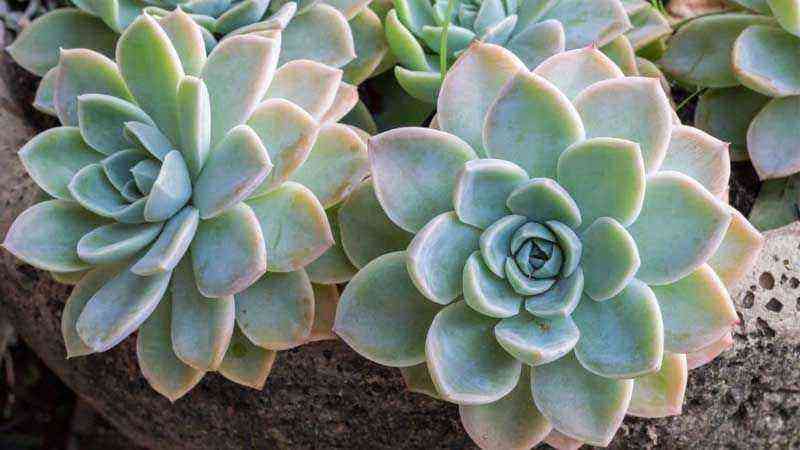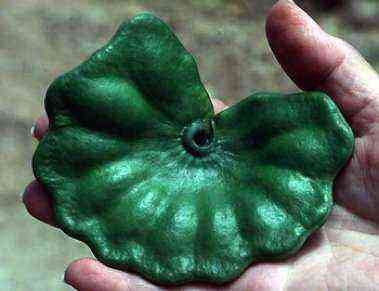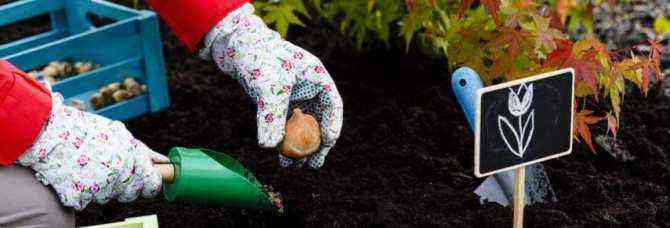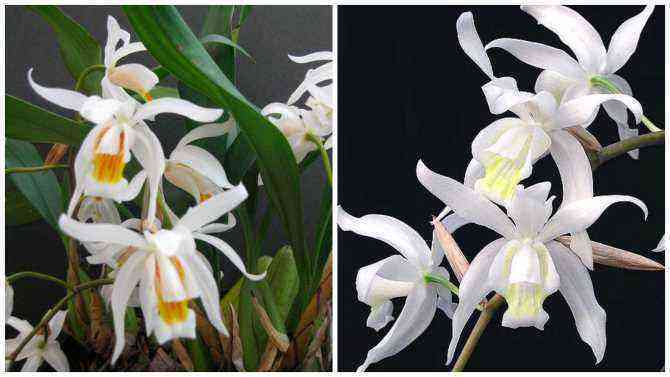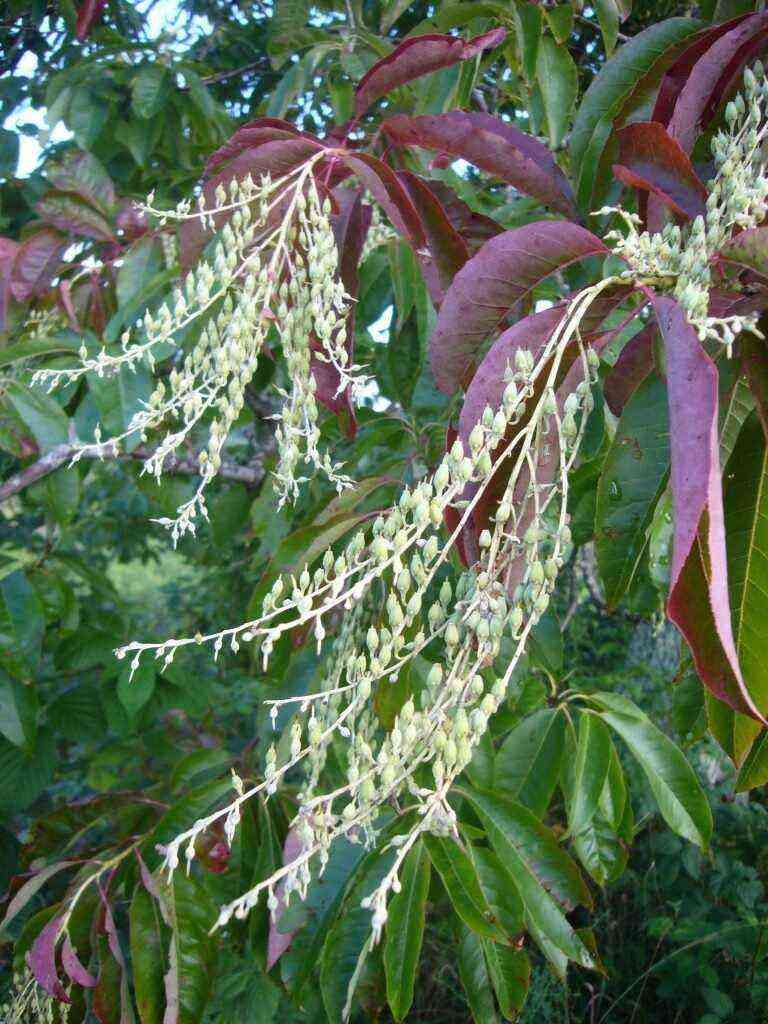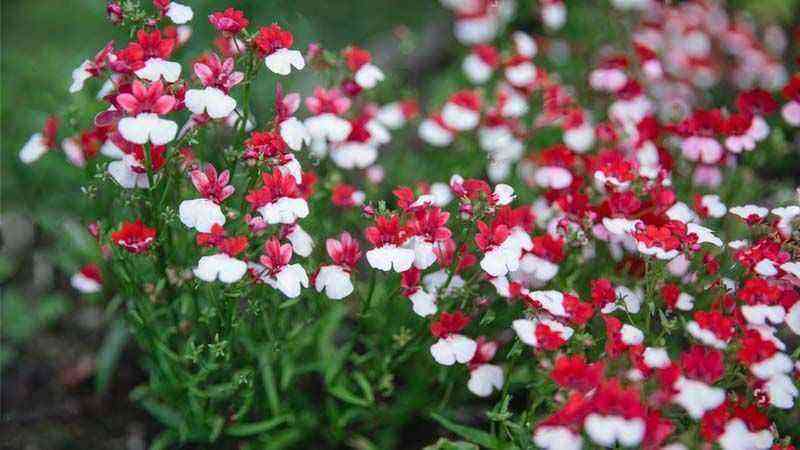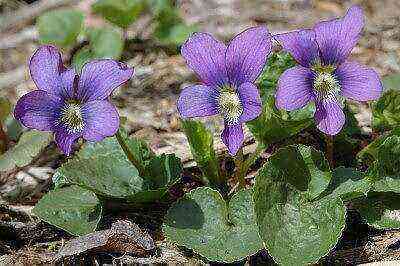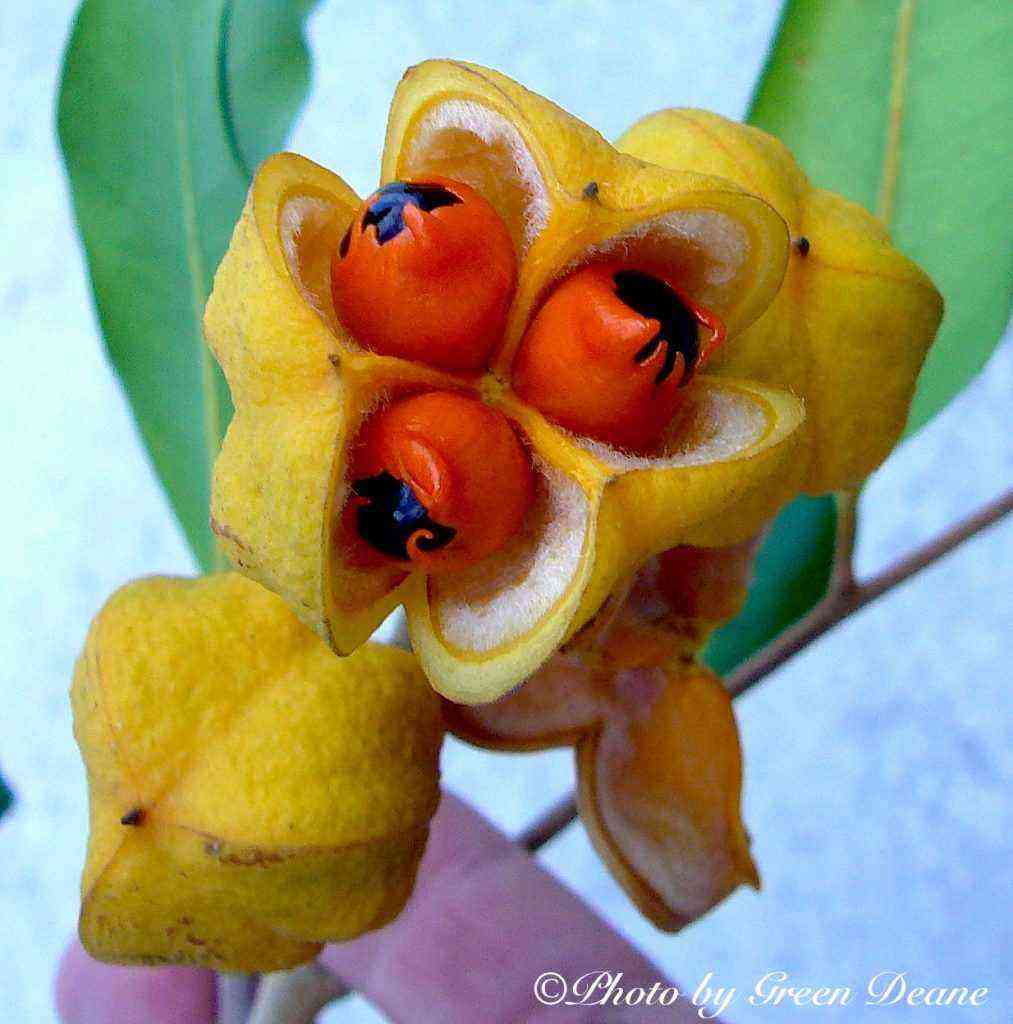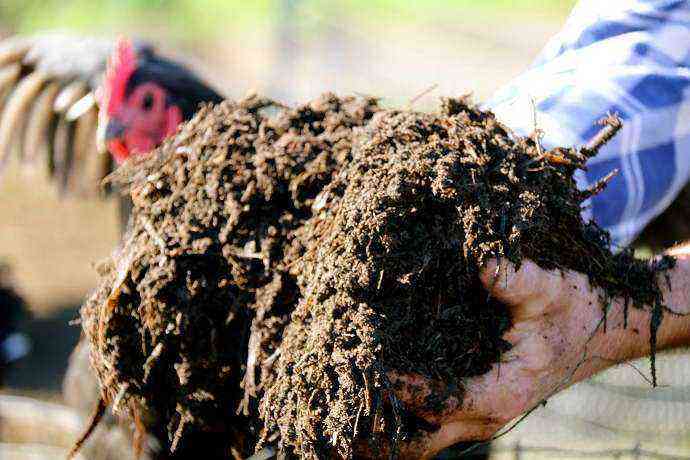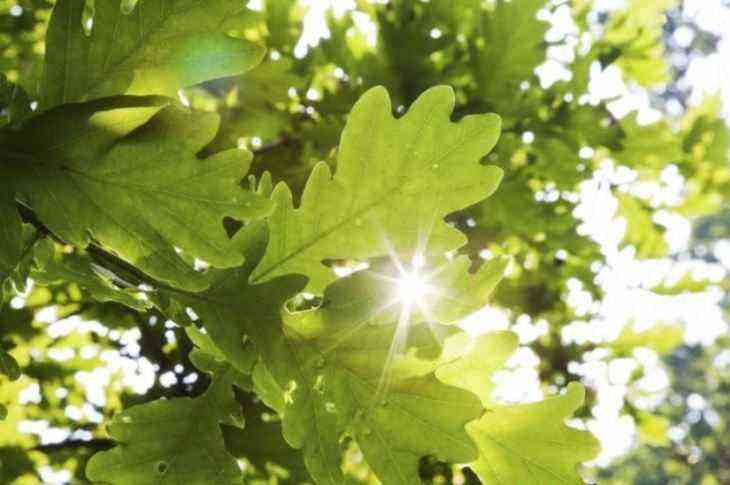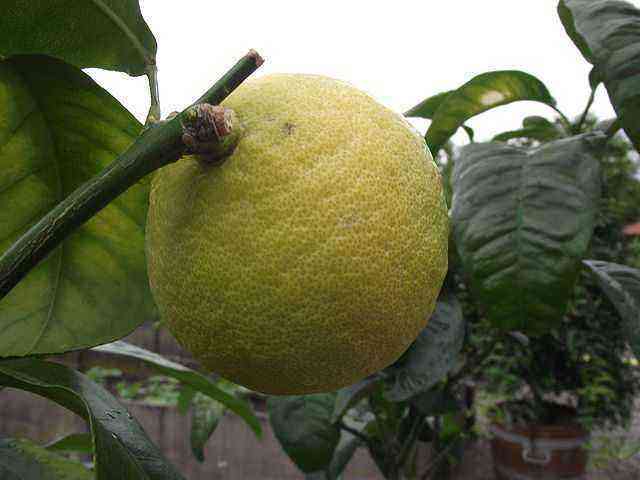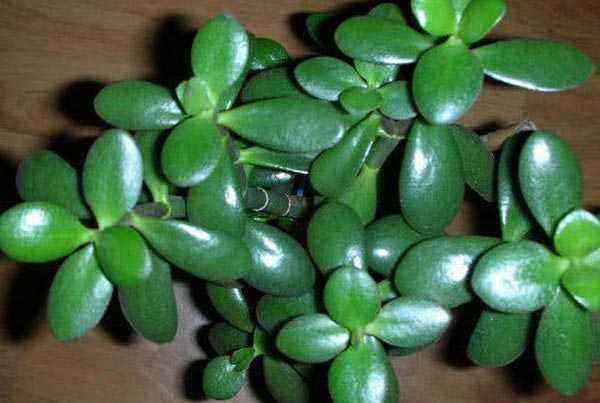Petunia is a genus of plants that is very famous and widely cultivated throughout the planet for its fantastic ornamental qualities. There are several reasons to discover the reason for its great fame. The first, because they are easy to care for and do not generate many problems, and the other, because of the great flowering cycle and its maximum expression of color and shapes of all varieties of petunias.
In our particular introduction on the cultivation of petunia we have to tell you that when we talk about it we mention a genus of the nightshade family (potato, tomato, eggplant, pepper, tobacco and a long etcetera). The gender Petunia It comprises about 23 species of South American origin.
Petunia characteristics
What makes petunias so attractive is that they have a constant bloom which runs from spring to late fall. It is a great quality to have in the garden because it will bloom when other plants begin to wilt when the cold season arrives.
Another interesting aspect of the petunia as a flowering herbaceous plant is that it is perennial, conserving its leaves throughout the year. Therefore, although they have a wide temperature range, we must avoid their cultivation in especially cold areas.
Description of the plant
Petunias are classified as annual herbaceous. They are short (they rarely exceed 60 cm in height) and have dark leaves (intense green9, small and elongated. As a curiosity, when we touch them we feel a kind of hairiness that can become somewhat sticky and is used as an instrument to reduce evapotranspiration.
The most striking of this plant, without a doubt, is its flowering. They come in various colors, predominantly pinkish, whitish-orange and even more vivid shades such as blue or violet.
These flowers grow individually and without forming inflorescences in groups, so they are easy to pick. They are tubular (calyx) and open at the top showing all their splendor in the corolla. In general, with a suitable temperature range, fertile soil and the incorporation of mineral fertilizers in spring, a spectacular flowering is usually achieved that covers the entire garden where we have planted them.
Another point in favor of the petunia is the flowering time, since this herbaceous plant does not stop emitting flowers from the beginning of spring until practically the arrival of the cold in the middle of autumn. A true visual spectacle for a plant that, in reality, gives very few headaches.
Most popular types of petunias
Its great acceptance as an ornamental plant has put a multitude of genetic improvement companies to work, so the number of hybrids obtained is very high. In general, all of them have been obtained from resistant varieties that emit a large flowering, such as Petunia inflata, Petunia axillaris o Petunia violaceae.
The most common types of petunia that we can buy in nurseries or specialized stores are the following:
- ‘Limelight’: magenta and lime green colors with a neat growth habit and compact flowering.
- ‘Cascadias Rim Magenta’: Small, dark colored flowers with yellowish ends, ideal for growing in pots.
- ‘Fortunia Early Blue Vein’: early flowering and more compact growth habit, with silver-colored flowers.
- ‘Mini Rose Blast Pink’: bicolored flowers, a mixture of pink and white, with an early and small size and a highly branched plant.
- ‘Prism Sunshine’: yellow-flowering petunias, large, stumpy flowers.
- ‘Purple Pirouette’: a spectacular mix between white and violet colors distributed in a chaotic way in the flower.
- ‘Potunia Plus Red’: very intense red colors, large trumpet-shaped flowers.
- ‘Wave Blue’: by its name we anticipate that it emits a very intense electric blue bloom.
- ‘Lima surprise’: large and stumpy flowers, with whitish colors and yellowish tones.
- ‘Sweetunia White Merlot’: an impressive volume of flowering, with small flowers of pink and whitish colors.
- ‘Suncatcher Pink Lemonade’: a wild mix of whites, pinks and yellows, with large, early-spring flowers (early spring).
And yet, you can find many more, some even having won international awards for ornamental plants. In addition, each year new species are obtained to cover a catalog of different colors, shapes and adapted to pots and outdoors.
Petunia Grow Guide
Importance of climatology
Although they love tropical climates where there are no big differences in temperature throughout their flowering season, get used to mild cold fairly quickly and it is not a particularly frost sensitive plant. What we do have to try is to periodically renew the plant with more or less intensive pruning, especially with the aim of maintaining as much flowering as possible on the plant.
Another important thing is that it is a plant that requires good lighting conditions. Do not be afraid to place it in the Sun and make sure that no tree or palm tree creates shade.
Soil characteristics
A suitable soil for petunias is one that is loose and with good drainage capacity. The petunia is a genus of garden plants that are very grateful, but we have to have a soil rich in nutrients.
The ideal pH for your cultivation is slightly acidic (6-6,5), where most of the macro and micronutrients are in the form available to the roots. However, we can grow it in alkaline soils without major problem.
On the other hand, we must avoid excessively humid conditions and puddles, especially prior to flowering. Soft and spongy soils where we can create a mulching with organic matter or compost.
Find the model you want in time of transplant We will also use these organic remains to mix well with the earth. We will contribute an average of 4-5 kg per square meter of surface.
Potting substrate
If we decide to plant our petunias in pots, the best version of substrate we can create is to mix universal substrate or peat together with coconut fiber. We will do it in equal parts, achieving an ideal fertility ratio and the excess water drainage capacity.
Irrigation dose
Regarding the irrigation of petunia, we are not going to provide technical data because it is a crop that does not require a specific or specific irrigation as has happened in other crops.
We start from the base of rational irrigation which, as you all know, consists of the following:
- Do not flood (root asphyxia problems).
- Do not leave long dry periods and less during flowering.
- Frequent waterings depending on whether it is in full sun and it is very hot.
To do this, if we grow them in the garden, a watering recommendation for spring and summer would be to water 3 to 4 times a week, 3 for less warm areas and 4 for warmer areas.
Watering in pots
To water your petunia grown in pots, a universal tip for the substrate recommended above would be to add 1/3 of the volume of the pot. For example, if we have it planted in a 3-liter pot, we will add 1 liter of water and we will not water again until we notice that the substrate is not very humid.
Furthermore, it is always advisable that drain some water (around 10-20%) at the base of the pot, cleaning possible salts that accumulate, especially if we apply fertilizers for flowering.
A practical tip to know the ideal relationship between moisture retention and drainage is to consider that it will drain water in the next 5 minutes. If it drains too quickly, we will need to weigh down and pound the substrate a little more, as well as water more slowly.
Subscriber Recommendations
The contribution of organic matter in autumn is an ideal way to preserve the properties of the soil and increase the population of beneficial microorganisms for the roots. However, for species that emit a lot of flowering, such as petunia, it is advisable to provide mineral fertilizers at least 15 days before flowering.
We can provide liquid or solid fertilizers, but it is advisable to use the common for flowering plants. Granulated NPK 12-8-16 fertilizer can work very well, providing between 20-40 grams per square meter.
Fertilizer for pots
If you grow your petunias in pots, subscriber recommendations are the same, but use a slightly smaller amount to avoid excessive accumulation of salts. If you use liquid fertilizers, follow the dose recommended by the manufacturer, and if you do not know it, never use more than 1 ml / L of fertilizer.
How to multiply petunias
If we search well among the petunia once flowering ends and the petals begin to fall, we will see that a kind of capsule is discovered where inside the seeds will be stored of this plant.
When this capsule starts to dry out it’s time to extract the seeds and start planting. We can do it in a pot with a mixture of soil, compost and sand, periodically moistening the substrate and controlling its temperature.
When to sow the seeds: the ideal time to plant our petunias is late winter or early spring.
Germination time: The first seedlings will take about 2-3 weeks to emerge.
One tip is to arrange a plastic with holes or a glass on top of the pot to act as a greenhouse and accelerate germination. The date to do it is at late winter or just at the beginning of spring, and they will take between 1 and 2 weeks to germinate depending on the weather conditions.
You have to be careful with something, and in general it is focused on all the plants that are germinating and it is the following:
When perform irrigation, you have to be very careful how you do it. Regardless of how much we apply, how we do it is even more important. If we water with a jet, as they say, we move the seed, we move the stem and we run the risk of breaking or rotating it. Irrigation should be very gentle, pressure-free, and almost drip-like. We can help ourselves with a sprinkler or sprayer. In this way we moisten the substrate without crushing it or moving it.
Flowering related problems
If with the passage of time we see our petunia weak and with the appearance of senescence, we can take the opportunity to carry out a rejuvenation technique. What we are going to do is fearlessly prune the entire plant to 50%, that is, reduce the volume of the plant by half.
We will do this when the late fall flowering. In a few weeks we will see how the plant is renewed and here it is a good idea to try that the plant does not lack nutrients or water.
Can they be pruned?
It is usual to regenerate the plant by cutting the flowers that are wilting, throughout October. This type of pruning, in addition to reducing the probability of fungal infections in withered leaves, improves the plant’s energy conservation and optimizes resources to increase budding and flowering the following year.
One tip is to clamp the stems by cutting the ends of the shoots a few inches.
Control of pests and diseases
The main pests that affect this ornamental plant are the usual herbaceous ones. It can be affected by sucking insects such as aphids, mealybugs, and mites. They are easy to identify, although you may have to look closely and, in some cases, the underside of the leaves.
The cochineal is the most resistant and complicated species to eliminate of those mentioned, although periodic and frequent foliar application (you have to be patient) with potassium soap can help for all 3 cases.
